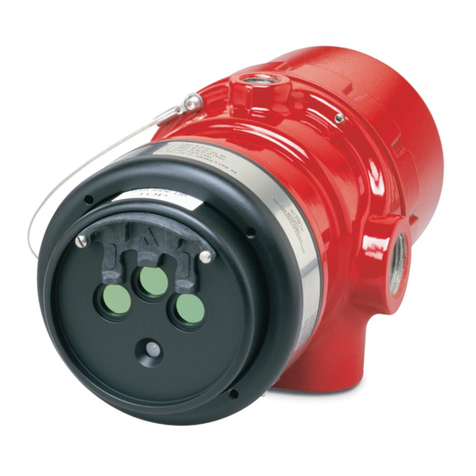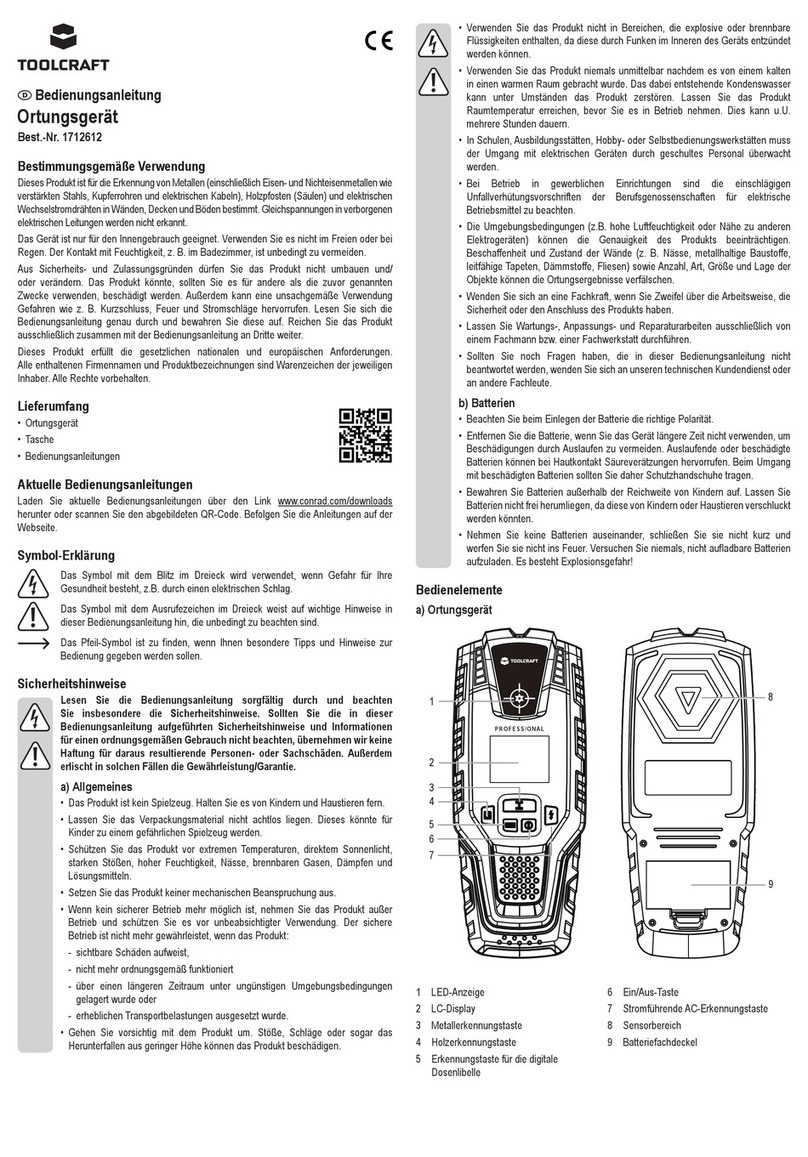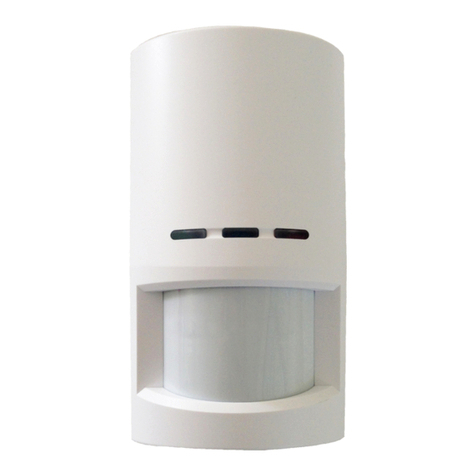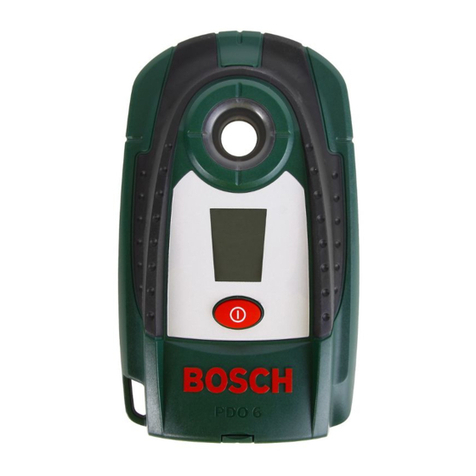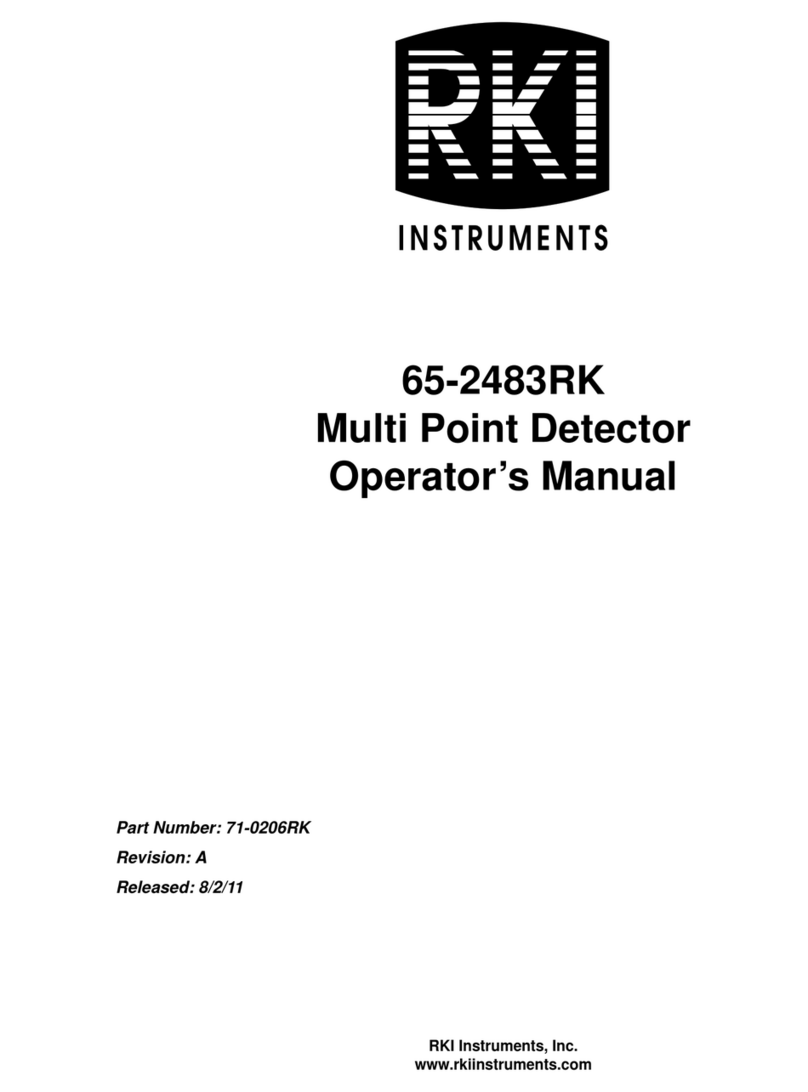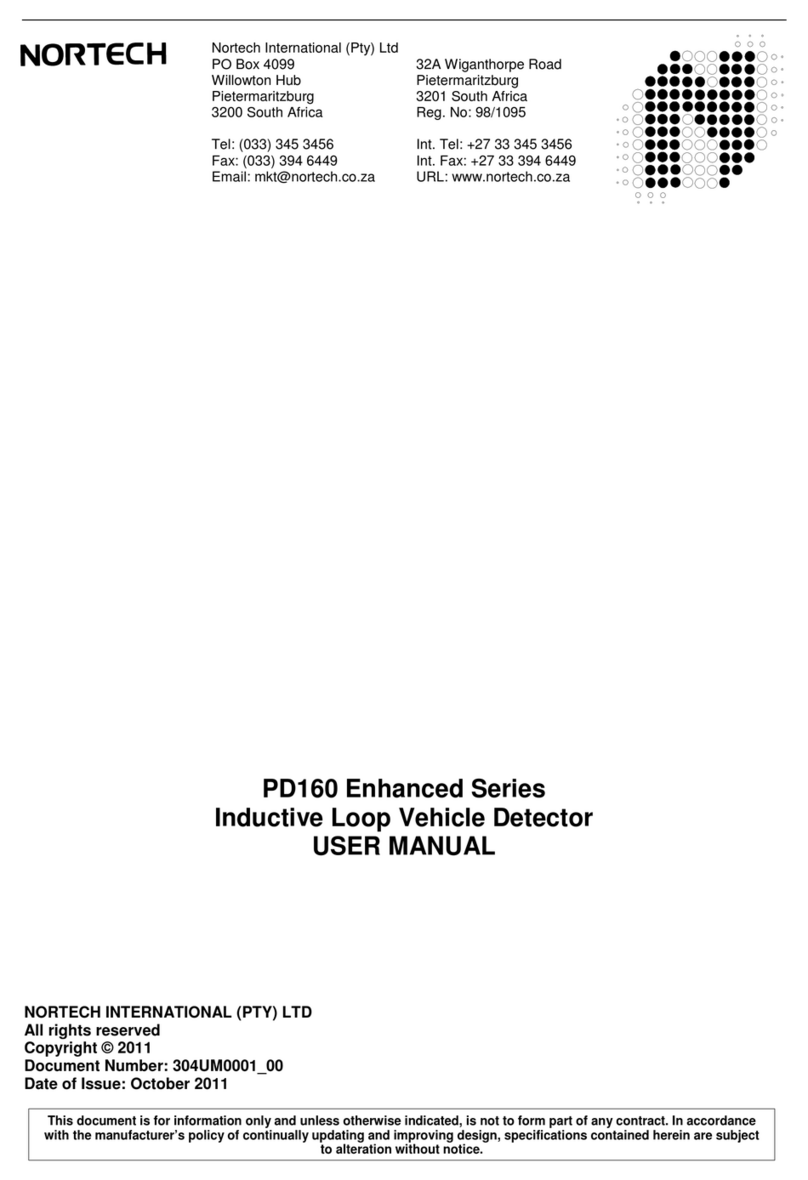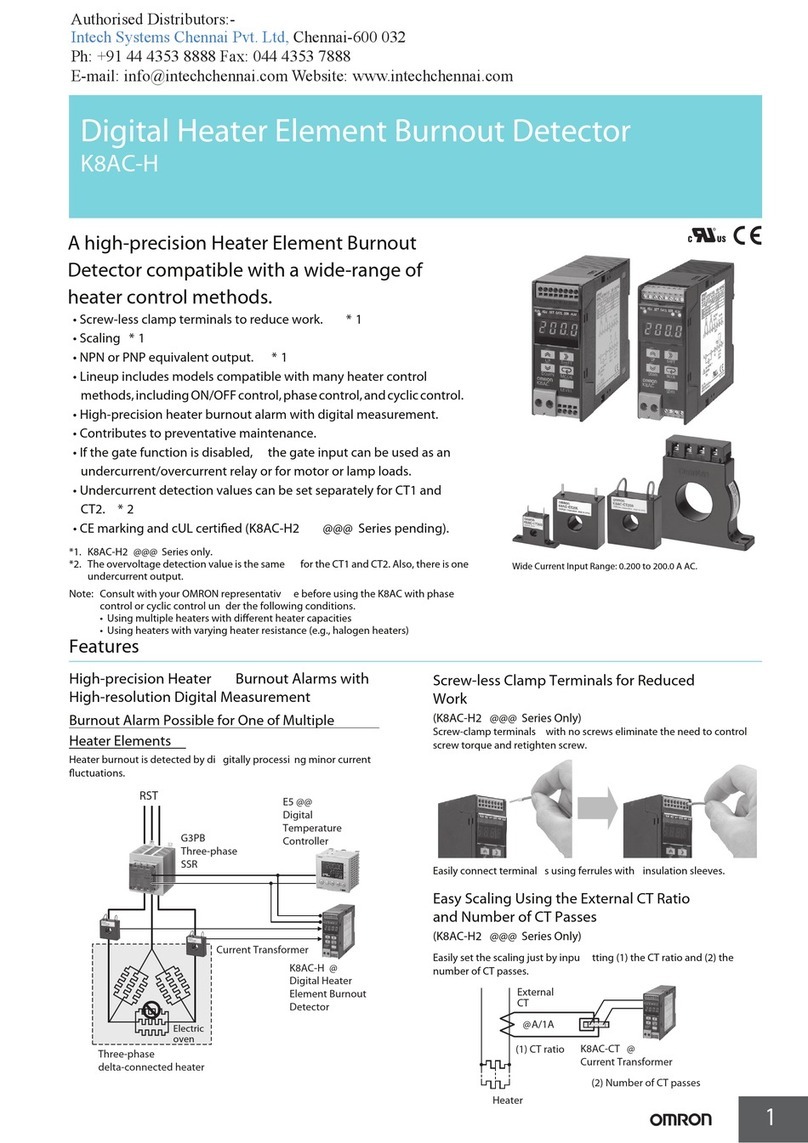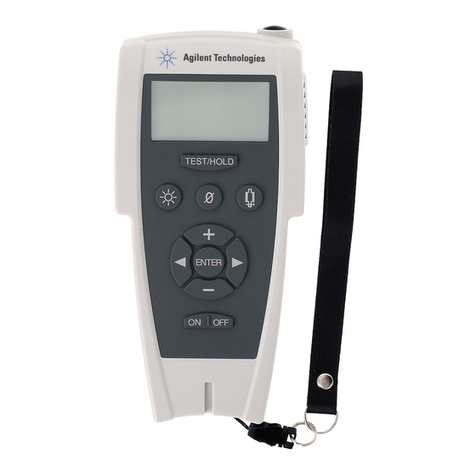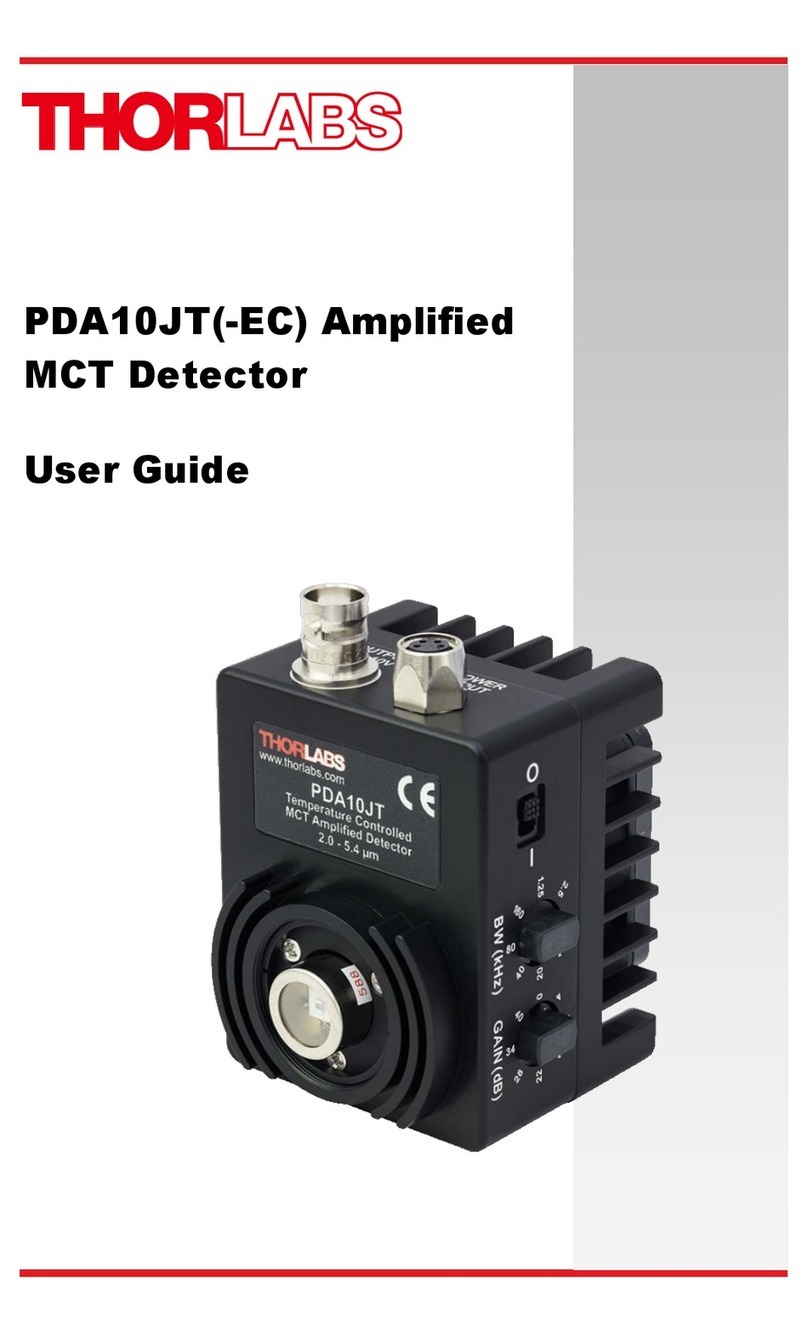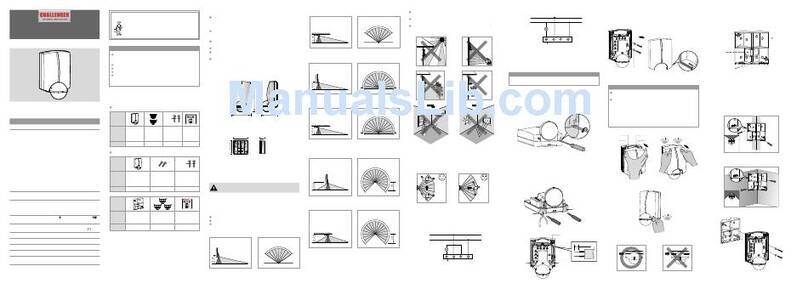
ISO-HPO-2
When the ISO-HPO-2 sensor is not being used it should be left connected
to a WPI free radical system with the tip immersed in PBS (phosphate
buffered saline). The basic structure of the ISO-HPO-2 sensor is quite simple
(see gure). It consists of an internal H2O2-sensing working/reference
electrode combination. This electrode ts inside a disposable protective
stainless steel sleeve (WPI #600012) which must contain fresh electrolyte
(WPI #100042) and is separated from the external environment by a
polymeric membrane covering the end of the stainless sleeve. The other end
of the sleeve is anged. The locking cap is used to attach the sleeve to the
probe handle.
When the sensor is fully assembled (i.e., with locking cap and sleeve in
place) the internal electrode should be seen to press gently against the
polymeric membrane, which will then be slightly stretched. This ensures
that the electrolyte diffusion layer will be as thin as possible, which is
necessary to minimize sensor response time. Once a membrane is stretched,
it is permanently deformed and cannot usually be reused if the sleeve
is removed from the electrode. Four additional membrane sleeves (WPI
#600012) accompany the ISO-HPO-2 in the start-up kit (WPI #600011),
together with a MicroFil™ electrolyte lling needle (WPI #MF28G67-5) and
1 mL syringe. With proper care and by following the instructions below a
membrane sleeve should last more than one month.
Cleaning the Membrane
The membrane sleeve itself requires very little maintenance. The primary
concern is to avoid damage to the membrane and to keep it as clean as
possible. After each use, clean the membrane by immersing the tip in
distilled water for 20-30 minutes to dissolve salts and remove particles
which may have accumulated on the membrane. If the probe was used in a
protein-rich solution, the membrane tip should rst be soaked in a protease
solution for several minutes to remove protein build-up, and then in distilled
water. Enzymatic detergent (e.g., Enzol, WPI #7363) can also be used. The
membrane sleeves can also be sterilized chemically using an appropriate
disinfectant (e.g., Cidex, WPI #7364). Accumulated organic matter can
be removed by briey immersing the tip in an acid or base solution (at
times both may be necessary) for 10 seconds. A good indication of a dirty
membrane sleeve is a sluggish response or an unusually low sensitivity. If
these problems are not rectied by the above cleaning procedures then the
membrane sleeve should be replaced. The probe cannot be used in organic
solvents.
Replacing a Membrane Sleeve
All membrane sleeves will eventually have to be replaced by the user. The
procedure for doing so is simple and straightforward.
1. Unscrew the locking cap from the handle.
2. Hold the stainless steel sleeve and remove it with the locking cap from
the internal electrode assembly, being careful not to bend the electrode
assembly when doing so.
3. Rinse the internal electrode with distilled water (particularly the tip) and
let it soak for at least 15 minutes. Be careful not to let water get into the
handle.
4. Gently dry the electrode with a soft tissue (Kimwipes). Be sure to dry
thoroughly the at surface at the tip of the electrode. After drying, the
current should stabilize fairly quickly to a low value (e.g., 0 - 20 pA). If
this occurs then the electrode is in good working order.
5. If the electrode is not clean, repeat steps 3 and 4. If necessary the ISO-
HPO-2 can be rejuvenated using WPI #JUV to restore sensitivity of an
old electrode (contact WPI for details).
6. Remove the locking cap from the old sleeve and gently slide it onto the
new replacement sleeve.
7. Dip the internal electrode 1-2 cm into the electrolyte provided in the
ISO-HPO-2 start-up kit; the current should go offscale during this. Using
the MicroFil™ nonmetallic syringe needle (WPI #MF28G67-5) and
1 mL plastic syringe, supplied with the replacement sleeve kit, inject
approximately 100 microliters of electrolyte directly into the new sleeve.
The MicroFil supplied should be less than the length of the sleeve, so
that it will not puncture the delicate membrane at the tip of the sleeve
during injection. If the MicroFil is longer than the sleeve it can be cut to
the correct length.
8. Slowly and smoothly insert the electrode into the sleeve, and screw the
locking cap into the handle. The electrode should be observed to press
gently against the membrane.
9. The current displayed on the meter at this time will be high or offscale.
10. Suspend the tip of the new assembled probe into PBS or similar saline
buffer.
11. After 10-15 minutes the current should no longer be offscale and will
gradually decrease with time. It may take several hours for the sensor
current to reach a low stable value, at which time it will be ready for use.
12. The integrity of the new membrane can be determined by immersing
the probe tip into a strong saline solution (1 M). If the current observed,
after a few minutes in the saline solution, increases dramatically or is
offscale then the membrane integrity is not good and a new membrane
will have to be tted.
13. When the ISO-HPO-2 is not being used it should be stored with the tip
suspended in PBS.
Additional membrane kits (WPI #600012) may be purchased separately.
combination
working / counter
electrode
probe
handle
stainless steel
sleeve
gas permeable
membrane
connection
to meter
locking cap

